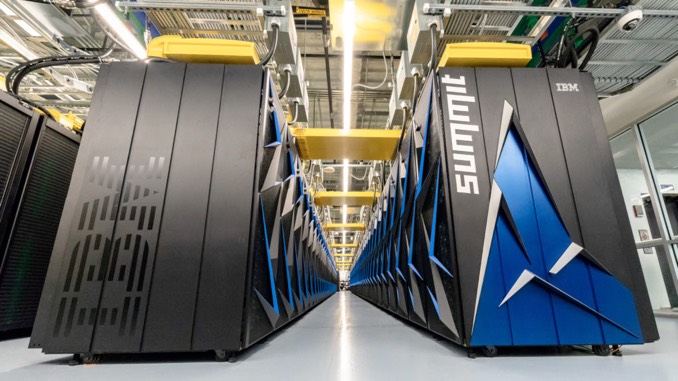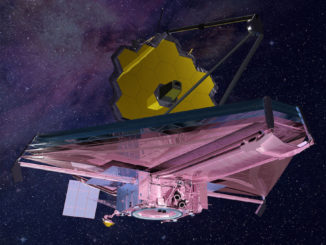
In a test of the data crunching demands of the Square Kilometre Array once the huge radio observatory becomes operational, engineers have successfully processed more than 400 gigabytes per second using one of the world’s most powerful supercomputers. That’s the equivalent of 1,600 hours of standard definition YouTube videos in one second.
Researchers from International Centre for Radio Astronomy Research (ICRAR) in Perth, Australia, the Oak Ridge National Laboratory in the United States and Shanghai Astronomical Observatory in China used the Summit supercomputer at Oak Ridge to process simulated observations of the infant universe.
“Until now, we had no idea if we could take an algorithm designed for processing data coming from today’s radio telescopes and apply it to something a thousand times bigger,” said Andreas Wicenec, director of Data Intensive Astronomy at ICRAR. “Completing this test successfully tells us we’ll be able to deal with the data deluge of the SKA when it comes online in the next decade.”
But, he added, “the fact that we need the world’s biggest supercomputer to run this test successfully shows the SKA’s needs exist at the very edge of what today’s supercomputers are capable of delivering.”
The Square Kilometre Array, if fully funded and built in western Australia and South Africa, is expected to generate around 550 gigabytes of data per second. The Summit supercomputer at the Oak Ridge National Laboratory, developed by IBM, is capable of performing 200,000 trillion calculations per second.



